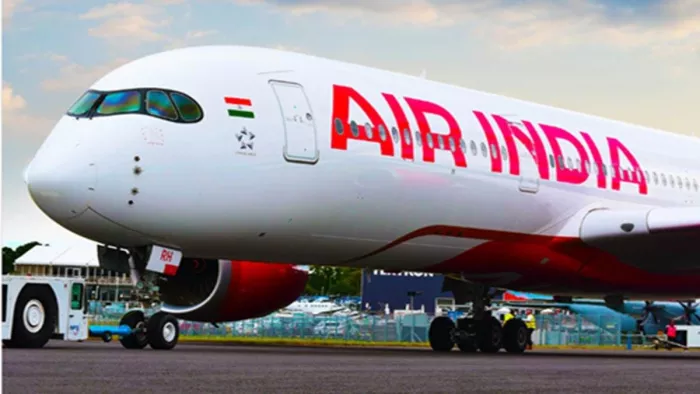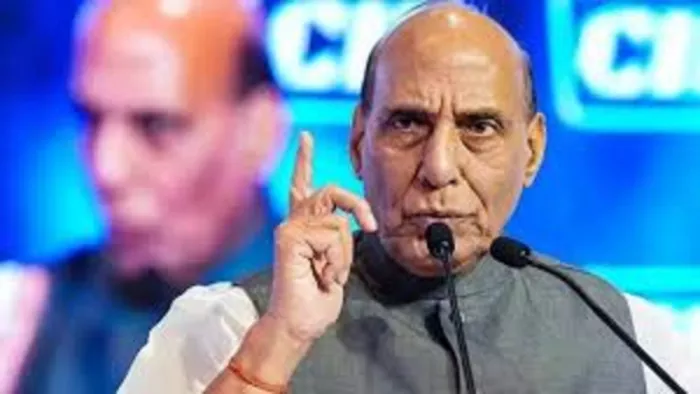The Indian Pilot Federation (FIP) has formally requested the Directorate General of Civil Aviation (DGCA) to conduct an extensive assessment of the electrical systems in all Boeing 787 aircraft operating within the country. This call for action follows a concerning incident involving an Air India flight which experienced an unexpected deployment of emergency turbine power while en route from Amritsar to Birmingham. The FIP has expressed apprehension regarding a potential malfunction in the Bus Power Control Unit (BPCU), which is believed to have triggered the activation of the Ram Air Turbine (RAT). Previously, the FIP has underscored the need for thorough investigations into the operational safety of Boeing 787 aircraft.
Digital Desk, New Delhi. On Sunday, the Indian Pilot Federation made a public appeal to the DGCA, urging for a comprehensive evaluation of the electrical systems aboard all Boeing 787 aircraft currently in service in India.
This initiative comes in the wake of a recent incident where an Air India Boeing 787, traveling from Amritsar to Birmingham, had to engage its emergency turbine power shortly before landing in the British city. This unexpected occurrence raised alarms about the aircraft’s electrical systems, prompting the FIP to take action.
According to statements made by Air India, the flight crew reported that the RAM Air Turbine (RAT) deployed unexpectedly during the final descent into Birmingham on October 4. Fortunately, the aircraft managed to land safely despite the incident.
FIP’s Communication with DGCA
In a letter addressed to the DGCA, FIP President GS Randhawa highlighted that the Aircraft Health Monitoring (AHM) system detected a malfunction in the Bus Power Control Unit (BPCU), which is suspected to have caused the emergency deployment of the RAT. This revelation has intensified concerns regarding the overall safety and reliability of the Boeing 787’s electrical systems.
The FIP, which represents over 5,000 cockpit crew members, emphasized in their letter that the incident during the Birmingham flight occurred when the RAT was automatically activated at an altitude of 500 feet. The AHM system indicated a malfunction in the BPCU, leading to this unexpected deployment.
The BPCU plays a critical role in managing the aircraft’s electrical power systems, making any issues with it particularly concerning. The RAT is designed to engage automatically in scenarios involving dual engine failures or complete electronic or hydraulic failures, utilizing ambient airspeed to generate emergency power to sustain essential functions in the aircraft.
Significance of RAT Deployment
This incident is not isolated; in June of this year, various potential causes for similar incidents involving Air India’s Boeing 787 aircraft were examined, including engine or hydraulic failures and software malfunctions. The implications of these findings have raised significant alarms within the aviation community.
“Numerous accidents have plagued the Boeing 787 aircraft,” the FIP stated in their communication. They have consistently urged the Ministry of Civil Aviation and the Aircraft Accident Investigation Bureau (AAIB) to undertake a thorough investigation of all Boeing 787 aircraft operating in India. “In light of the Air India-171 incident, the FIP has been relentless in calling for a meticulous review of the electrical systems of these aircraft,” they added, noting that following the recent accident, the DGCA only examined fuel control switches rather than addressing the broader electrical concerns.
Tragic Incident on June 12
On June 12, an Air India Boeing 787, operating flight AI 171 to London Gatwick, tragically crashed into a medical hostel complex shortly after departing from Ahmedabad, resulting in the loss of 260 lives, including all 241 passengers on board.
The AAIB, which is investigating this catastrophic event, reported in its preliminary findings published in July that the engine fuel control switch on the ill-fated Boeing 787-8 was turned off just seconds after takeoff. Conversations between the pilots revealed confusion regarding this action, with one pilot questioning the other’s decision to switch off the fuel control.
To date, Boeing, the American aerospace manufacturer, has maintained silence regarding one of the most devastating aviation disasters in India in the last thirty years. The lack of communication from the company has left many questions unanswered as investigations continue.
(With input from news agency PTI)















